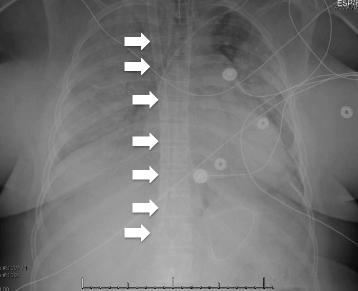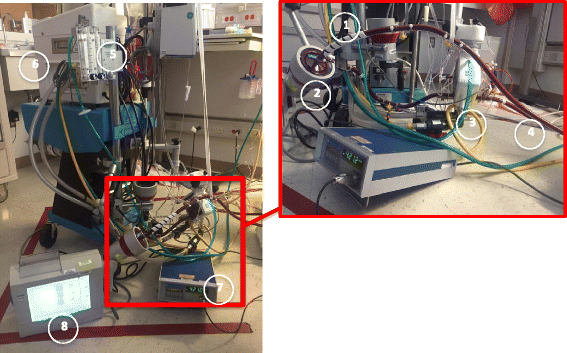Extracorporeal membrane oxygenation (ECMO) for critically ill adults in the emergency department: history, current applications, and future directions
- PMID: 26672979
- PMCID: PMC4699333
- DOI: 10.1186/s13054-015-1155-7
Extracorporeal membrane oxygenation (ECMO) for critically ill adults in the emergency department: history, current applications, and future directions
Abstract
Extracorporeal membrane oxygenation (ECMO) is a mode of extracorporeal life support that augments oxygenation, ventilation and/or cardiac output via cannulae connected to a circuit that pumps blood through an oxygenator and back into the patient. ECMO has been used for decades to support cardiopulmonary disease refractory to conventional therapy. While not robust, there are promising data for the use of ECMO in acute hypoxemic respiratory failure, cardiac arrest, and cardiogenic shock and the potential indications for ECMO continue to increase. This review discusses the existing literature on the potential use of ECMO in critically ill patients within the emergency department.
Figures


References
-
- Gibbon JH., Jr Application of a mechanical heart and lung apparatus to cardiac surgery. Minn Med. 1954;37(3):171–185. - PubMed
-
- Bartlett RH, Gazzaniga AB, Fong SW, Jefferies MR, Roohk HV, Haiduc N. Extracorporeal membrane oxygenator support for cardiopulmonary failure. Experience in 28 cases. J Thorac Cardiovasc Surg. 1977;73(3):375–86. - PubMed
MeSH terms
LinkOut - more resources
Full Text Sources
Other Literature Sources

